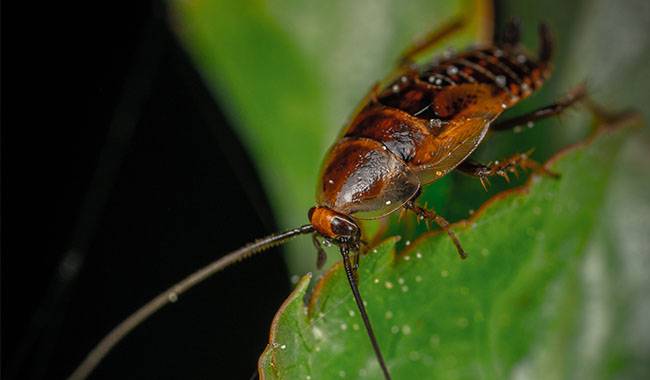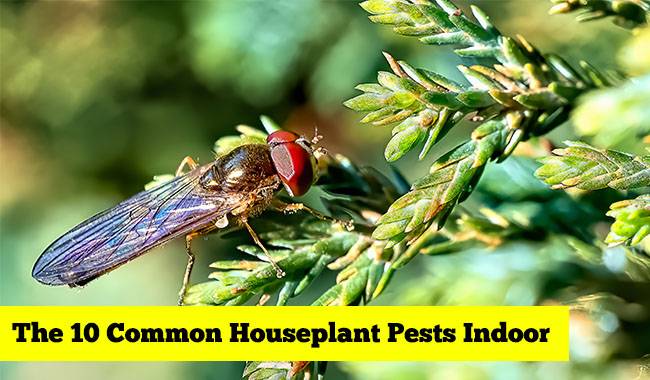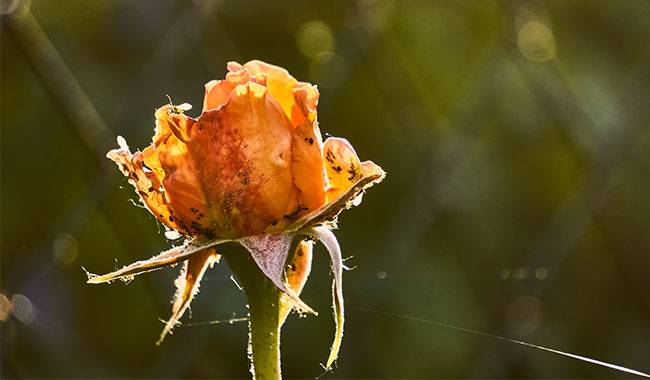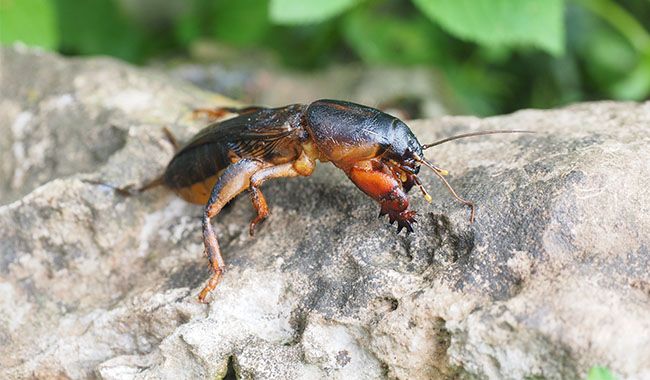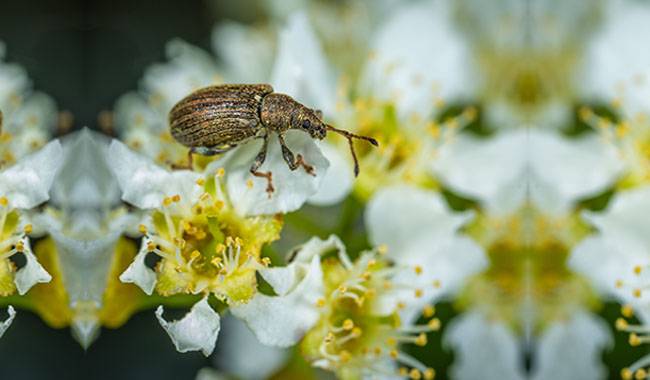
Spring and early summer are physiologically busy periods for all living things. All creatures are in a hurry: to grow, to have offspring, to feed them, to store something for the winter.
If the singing of birds, eager to build a family, to please and move the gardener – for the food of their children parents will collect a large number of pests from the area, and the quiet and inconspicuous reproduction of the same pests makes them angry.
For a whole long winter, just dreaming of juicy and sweet garden strawberries, half of the harvest was ruined by some long-necked creatures invisible without glasses! This is actually about them, and that article – about the strawberry raspberry weevil, or “elephant” as it is called in some regions.
WHAT IS A WEEVIL?
Weevils are beetles. And, still, one of the largest families. More than 60,000 species are known worldwide, and in the tropics – a lot. And all of them nibble on plants. Moreover, they prefer young, juicy parts, and many even specialize in eating fruits. And only the most “conscientious” people eat dead plants.
In general, weevils do not eat very few types of plants. And they are represented, for the most part, by ferns. Over thousands of years, beetles have become highly specialized and developed food preferences, and now different species of weevils are associated with various cultures (beets, cherries, rice, grains, beans, pines, buckwheat, cotton, apple weevils, etc.).
However, there are also polyphagous ones, less recognizable, that eat what is nearby.
On no plant can one feel safe from these tiny pranks: beetles gnaw on roots, nibble on stems, leaves, flowers, fruits, and seeds. They even eat the bark with a long proboscis that has a mouth at the end.
Strawberry and raspberry weevils are small, 2-3 mm, black or brownish, and hairy. The head is long and narrow, with a long snout and a wide posterior end. The beard sticks out of the nose.
Not the whiskers, of course, but the mandibles, and not from the nose, but from the head tube, but that is a scientific necessity. But for an ordinary gardener, these “elephants” are too important. Plus beards, wool, and trunks.
THE LIFESTYLE OF THE WEEVIL
The lifestyle, in which most of the pests are portrayed, is related to the development of strawberries, raspberries, blackberries, and rose hips in strawberry gardens. Why these crops and not recommended to plant next to each other: the task of the gardener is to make life as difficult as possible for the pests. On the way from strawberries to raspberries, pests may be eaten.
Immature young beetles overwinter in the top layer of the soil or litter. In spring, around the time the strawberry starts to sprout, they come out and show themselves and start eating its young leaves, as well as the shoots of raspberries, dog rose, and blackberries, whatever is closest to them.
But they may steal and eat dahlias, gorgonians, cinnamon, and generally prefer plants in the rose family. They make holes in the leaves and destroy the petioles. If suddenly there is a bud somewhere, nibble the bud. They are kept for a month and a half until they reach sexual maturity.
Then, of course, they mate, after which they start laying eggs. A single female can lay up to 50 eggs, each into a separate bud. The arduous task is to bite through the side of the bud hole, lay an egg, fill the bud hole with her own excrement, and then bite the stem again.
So 50 times. They start with strawberries and end with raspberries, bilberries, and blackberries. Almost a month of work. About a month and a half after spawning, the females and males involved in spawning die. But in that time, a lot more will have been eaten!
A week after laying, the larvae will emerge from the eggs, and the surrounding humidity plays a crucial role. If the buds do not fall off and dry out in the wind and sun, the larvae will die; if the buds fall off but there is a terrible drought and the gardener does not water the strawberries, the larvae will also die.
But with a caring gardener who waters the plants regularly, the larvae will survive. In another three weeks, they will eat the departing buds and leaves and pupate there, and in another week or ten years, young beetles with a great appetite will emerge.
On the broader side, the mature “elephants” begin to feed on all plants bitten by their parents, plus berries if the berry variants are present.
As soon as the temperature drops below 53°F (12°C), the young beetles go into hibernation until spring. In other words, one generation develops in one season.
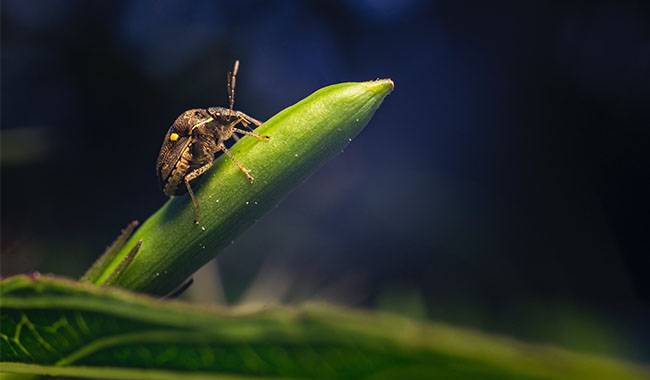
HOW DO YOU WEED OUT HARMFUL WEEVILS?
It helps to know how they live. Since the larvae and pupae develop inside the bud, no pesticide can reach them during this time. During egg-laying, strawberries and raspberries bloom and no gardeners in their right mind will use insecticides. Therefore, there is still a period before flowering and after harvest, before the cold weather. At this time, treatment is not only appropriate but necessary.
That is, spraying insecticides, etc., in the spring when the flower stems are nominated and the buds have not yet fallen off. The same treatment should be applied after harvesting. Treatments are best applied in the afternoon when the beetles are actively feeding.
Chemical agents can also be used on the plants. No later than 30 days before the berries ripen! And after the harvest. There is no need to be poisoned along with the beetles.
Most gardeners will catch up when they find fallen flowers. In the meantime, you can only hit the females laying eggs, while the males are still nibbling on the leaves.
In the morning you can lay paper under raspberries and strawberries and shake out the fallen beetles and buds. Beetles are sluggish in the morning and if the gardener is a little more diligent than they are, they won’t go far. Roll up the paper and burn it.
On garden strawberries, you should collect the fallen buds, or you can burn them, but this is for those who have the time and the scale of planting to do this laborious work.
Traps made of fermented compost or distilled vodka are quite effective: one should bottle the traps and place them in the berries. The narrow neck prevents the escape of the drunken beetle.
Among the folk remedies for budding, an infusion of onion shells with cranberry is effective (the ratio of onion shells to herbs is 2:1, one-third of a bucket, pour water, and soak for 5-7 days). Strain the infusion, add a tablespoon of liquid soap, and spray all the bushes. If it rains a few days later, the spraying should be repeated.
Decoction of Salvia or wormwood is also good – this bitter spoiled strawberry and raspberry weevils will not eat (2/3 of the bucket with tight grass, pour water, and stick to 2 days). Infusion, understandably, strain, add soap solution to 10 liters, spray.
And mustard soak destroys its appetite (200 grams of water per bucket, soak once a day). After that, you have to add soap.
Sprinkling lime on the strawberry bushes worked well. Our ash, for example, got a lot of ash on the strawberries. No weevils. At least, so that their activity is somehow obvious.
Soaking peppers can cause a lot of trouble not only for weevils but also for gardeners if they are not handled carefully (1 kg of fresh fruit or 0.3 kg of dried crushed fruit in a bucket of water, to last 5 days). After filtering, add a spoonful of soap, put on gloves, medical mask, and goggles, and stir well! Also, spray.
WHAT PLANTS CAN POISON WEEVILS?
Fresh onions and Garlic have a strong insecticidal effect. If you don’t have anything else on hand, you can finely chop the garlic leftover from the winter and sprinkle it on the beds. But not all at once, the garlic will run out quickly, it is best to use about 1 head per 10 barns every 3 days.
Or scatter down the plucked onions, which have more onions. Arrows of onion and garlic can be used for this purpose, although, garlic, in my opinion, is better to eat – fried they are very tasty.
Leftover seedlings or garlic cloves from planting, I just stick them anywhere I can – on strawberries, near currants, near gooseberries, on raspberries – they’ll be useful everywhere. And the garlic weevil will definitely scare off weevils – the average weevil doesn’t overwinter in the soil near garlic.
Nasturtiums, marigolds, and nasturtiums are all good repellents, but they have to be nursed and planted in the soil by the time the strawberries sprout. I also really like this option – plots with garden strawberries look bright and gorgeous in one season.
Low-growing 6-8inch (15-20 cm) raw nasturtiums and marigolds, bush nasturtiums (climbing nasturtiums). Then, these offspring can be processed into the soil – sensitive elephants will not overwinter next to such a fragrance.
Dill and basil will also spoil the meal of weevils, being adjacent to the garden strawberries or raspberries, but they should also be planted on seedlings. Or as a repellent for the already young generation.
WHAT CRITTERS CAN HELP YOU?
Of course, we should not forget about the helpers of volunteers – beetles, spiders, predatory nematodes. If you do not poison the pests with systemic insecticides and give them a sheltered place, they will certainly take up residence in the neighborhood.
The adult weevil can eat up to twenty weevils a day. It runs fast so weevils can’t hide from it. It also moves deftly through the soil, getting the harmful beetles there as well.
Spiders are good because they start moving before the weevils come out of hibernation, and the half-asleep “elephants” are easy prey for them. In general, spiders are not to be underestimated, and they will eat a large number of insects, both flying and running. Spider wolves, for example, do not bother to weave webs, they hunt in the soil and soil. And it is mostly worms that they eat.
And for nematodes, the topic is quite well established. Admittedly, in the United States, China, Japan, Australia, and India, for the most part. But the number of insects is several orders of magnitude greater.
Some families of predatory nematodes are parasites and pathogens of insects. Moving in the upper layers of the soil, where pests usually hide but do not penetrate insecticides, nematodes invisible to the naked eye find insects or larvae that penetrate inside, where they eat and reproduce, already emerging from an empty skin with new nematodes. They form a symbiotic relationship with the bacteria for this reason!
The bacteria are dragged inside, it breaks down everything there and the nematodes feed. Unpleasant creatures, but very effective.
By the way, in addition to the weevil, it also destroys the May beetle, Colorado potato beetle, wireworm, and many other larvae in the soil. The bugs are not to be touched. Neither are the higher animals. On top of this entomopathogenic nematode.
Birds can also help control weevils: tits, starlings, woodpeckers, titmice, gray flies, pikas. In the larval stage, beetles may not meet all the needs.
However, some of them may claim a portion of the harvest later. Here, it is up to the gardener to decide whether to share in the reclamation.




